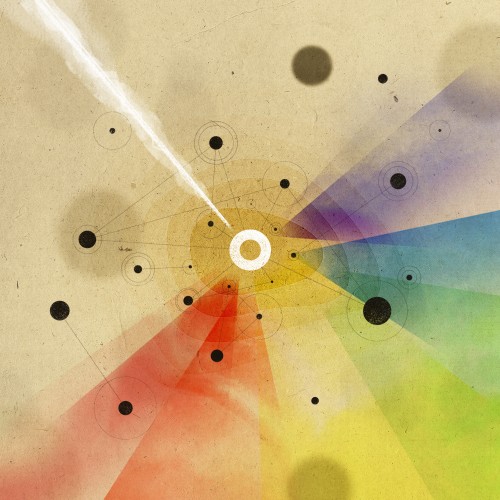An Introduction to Neuro-Aesthetics
This is all about, in a word, perception.
Neuroaesthetics is an emerging field of study haunted by interdisciplinary practitioners who all have one thing in common: they are using new understandings of cognitive science to approach the fine arts. Technologies that were developed to better study the brain are being repurposed in order to study painting, music, literature, and cinema. Some of the most interesting proponents of a neurological approach to art include writers Semir Zeki, Margaret Livingstone, Oliver Sacks, Jonah Lehrer, VS Ramachandran, Walter Murch, and programs like RadioLab.
Neuroaesthetics gives us an opportunity to reframe classical and contemporary art. Classical artists may not have known the exact science of perception, but intuitively understood how the brain perceives the world. Some contemporary artists are taking advantage of recent breakthroughs in neuroscience and applying it directly to their work. Painters like Cézanne and Mondrian had an intuitive sense of how the brain works; contemporary artists like Nathan Cohen and Tatsuo Miyajima have had exposure to cognitive science and apply it directly to their work. In the coming posts, I’ll explore both of these tracks. Imaging devices like MRIs and eye-tracking are allowing us to study the circuitry of the brain in much greater resolution and depth than ever before. Now, we have a means to peer directly into the brain in a way where, previously, we could only guess.
However, with new tools come new responsibilities.
The field of neuroaesthetics is growing yet anxiety surrounds this field of study. Some say it is too reductionist. Others say it is a cold approach and leaves little room for heart. The debate goes back to the Englishmen John Keats and Isaac Newton in the Romantic era. After Newton successfully decoded the optics behind the phenomenon of rainbows, Keats criticized his science for maiming the “poetry” of the rainbow by “reducing it to the prismatic colours.”
If we take a scientific approach to art, does it leave room for the poetry of interpretation? I would argue, yes. Good art will forever defy simple interpretation. Neuroaesthetics is just another tool for understanding human creativity. A scientific approach to art is never going to deflate the magic of the creative process.
Cognitive science is intimidating because it is complex. And for people with humanities backgrounds, the language of brain anatomy can be bewildering. And yet its very complexity is what makes it so compelling. Some may feel this lens is cold because it is clinical. Yet neuroaesthetics is at the very core of what it means to be human. How we see informs how we feel. Studying the biology of vision helps explain why we feel certain ways about art.
Our understanding of the brain will only ever get more complex. The more we learn about the inner workings of the mind the more we realize how little we really know. But the literature is out there and many good writers are tackling this labyrinthine subject.
Neuroaesthetics provides a radical new way of looking at art. It sheds light not only on the art itself, but how we perceive the world and the beauty therein. It gets down to the very deepest philosophical discussions about perception and art. And, if nothing else, it makes for a highly spirited debate.
As a guest blogger for the next couple weeks, I want to push myself, readers, and museum audiences to challenge our personal understandings of perception, as well as conventionally held wisdoms on the topic. Expect a series of articles about perception and the brain, the artists who have explored this territory, and the mind-bending scholars who have tried to decode what they’ve done.
